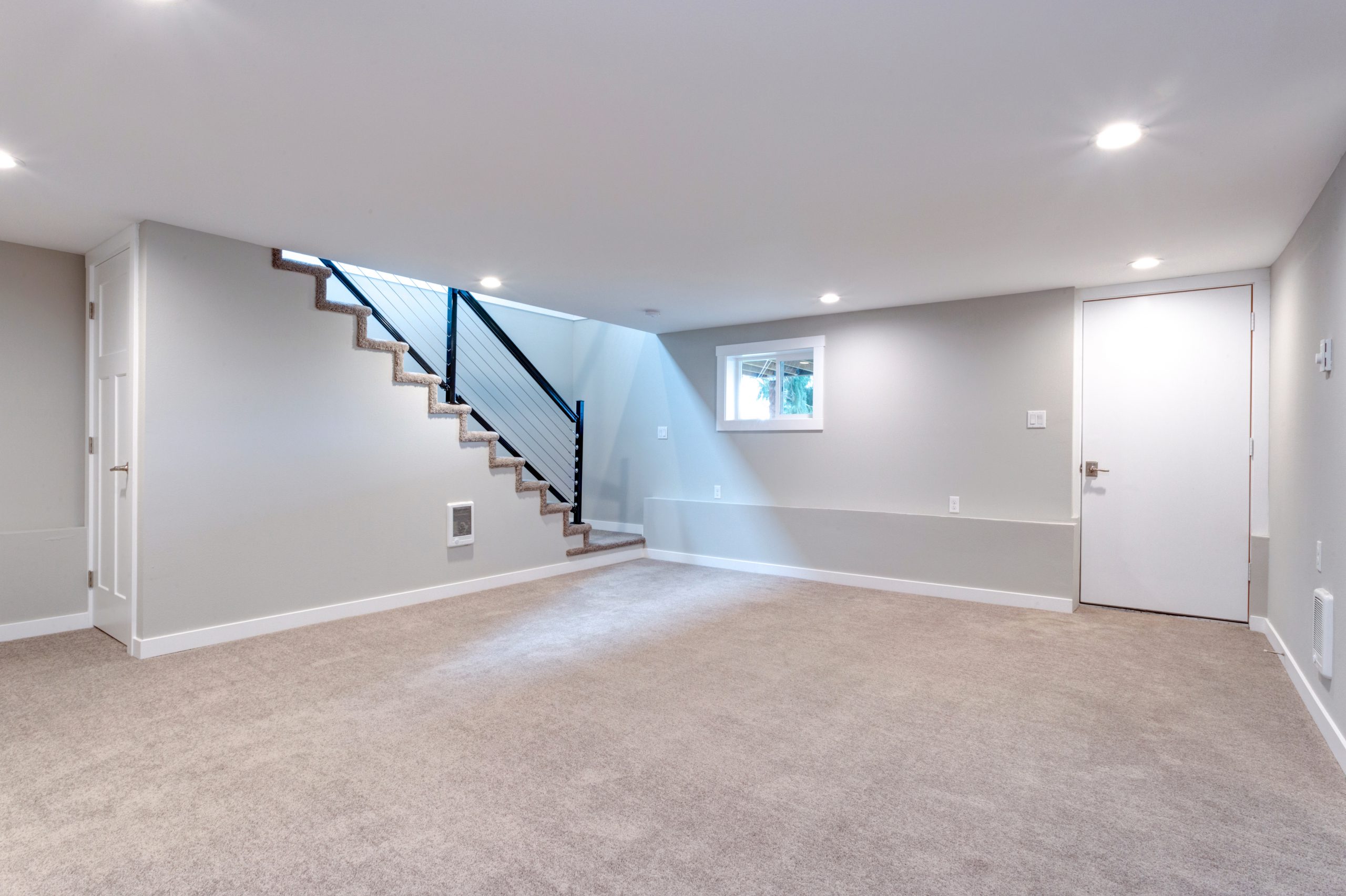
Top 10 Proven Basement Waterproofing Ideas
Waterproofing a basement doesn’t have to be complicated, but it needs to be done right. If you’re one of the many homeowners frustrated by your damp basement, you’ll likely be looking for solutions.
We’ve put together the top 10 proven basement waterproofing ideas that actually work and keep your space dry.
1. Identify the Source of Water Leaks
The first step to fixing any issue is finding out where the water is coming from.
- Check for cracks in the foundation walls or floor.
- Inspect windows for poor sealing or leaks.
- Look for condensation on walls, which indicates poor ventilation or high humidity.
Knowing the problems is half the battle. From now on you can decide on the best way to waterproof your basement.
2. Fix Foundation Cracks
Those small cracks might seem innocuous but they can turn into real nightmares and let a lot of water into your basement. Here’s how to handle them:
- Use epoxy injections to seal small cracks from the inside. These can be applied directly and they expand to fill the space.
- For larger cracks, you may need to use polyurethane foam, which is flexible and prevents water from seeping in during pressure changes.
If the cracks are widespread or keep coming back, it might be time to call a waterproofing expert.
3. Install an Interior Drainage System
If water keeps pooling around your basement, especially after heavy rainfall, an interior drainage system is one of the best ways to prevent flooding.
- French drains, also known as weeping tiles, help collect water and direct it to a sump pump.
- Sump pumps remove any excess water by pumping it out and away from your home.
This system is often paired with a waterproof membrane on the basement walls to provide extra protection.
4. Use a Sump Pump
A sump pump is a must-have in homes with persistent water issues.
- It sits in a sump basin, collecting water from your drainage system and pumping it outside, far from your foundation.
- Make sure your sump pump has a battery backup. Power outages often happen during storms when you need the pump the most.
Some homeowners also invest in a water-powered backup pump, which works without electricity.
5. Improve Gutter and Downspout Functionality
Poorly functioning gutters and downspouts are a major cause of basement water problems.
- Ensure your gutters are cleaned regularly and free from blockages.
- Downspouts should extend at least 6 feet away from your foundation. You can use downspout extensions if needed.
This helps redirect rainwater away from your home, preventing it from seeping down into your basement.
6. Exterior Waterproofing Membrane
When more serious waterproofing solutions are required, applying an exterior waterproofing membrane is a sound investment.
- The exterior membrane acts as a barrier between the soil and your foundation, stopping water from entering in the first place.
- It is typically combined with a drainage board to redirect any water buildup away from the house.
This method might require excavation and should be handled by professionals.
7. Dehumidify Your Basement
Sometimes, a wet basement isn’t due to leaks but from high humidity levels that cause condensation.
- Install a dehumidifier to control the moisture levels in your basement. Keep the humidity below 50% to prevent mould and mildew growth.
- Improve ventilation by installing fans or air vents if your basement lacks airflow.
This solution is simple and effective for homeowners dealing with moisture rather than flooding.
8. Waterproof Paint or Sealants
If your basement walls are damp but not leaking heavily, a layer of waterproof paint can help.
- Using masonry waterproofing paint creates a barrier and prevents water from seeping through.
- You can also apply silicone-based sealants on floors and walls to repel water.
While this isn’t a solution for major water issues, it works well for minor damp.
9. Install a Basement Floor Drain
Adding a basement floor drain can be a lifesaver if your basement gets flooded regularly. Here’s why:
- It allows any water that enters the space to drain out automatically.
- The floor drain connects to your home’s drainage system and can be combined with a sump pump for even better water management.
This type of drain is essential for unfinished basements and laundry areas prone to water leaks.
10. Regrade the Soil Around Your Foundation
One of the simplest but often overlooked waterproofing ideas is to adjust the grading around your home.
- Regrade the soil so it slopes away from the foundation at least 6 inches for the first 10 feet. This ensures that water flows away from your home instead of pooling near the foundation.
Proper grading is critical to preventing water from seeping into your basement.
Key Things to Remember for Basement Waterproofing
- Always identify the source of the leak before making repairs.
- Use a combination of interior and exterior solutions for best results.
- Don’t neglect simple fixes like extending downspouts or using a dehumidifier.
- Consider professional help if you have extensive foundation damage or need to excavate your home.
Every basement is different, and you might need to combine several waterproofing systems to keep yours dry. Whether you start small with waterproof paint or go all-in with an exterior membrane, these proven basement waterproofing ideas will give you a reliable, long-lasting solution.
We’re Ready To Help You
Please get in touch with our friendly team today and we can get the ball rolling on your project sooner than you think.
